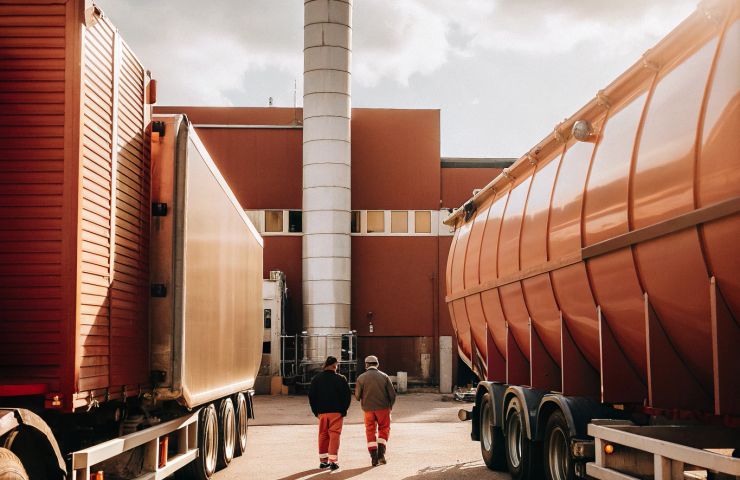
Green Hydrogen Project: ENTEGA AG and FEST Unite at Darmstadt Waste-to-Energy Plant
August 8, 2025ENTEGA AG, the Darmstadt-based regional multi-utility, has just tapped FEST to bring an ambitious Green Hydrogen Project to life at the city’s Waste-to-Energy Plant. It was announced on August 5, 2025, and here’s the gist: over the next year or so, the teams will hash out detailed plans, lock in equipment, and then tackle construction. By early 2027, we’ll see it up and running, pumping out its first batch of green hydrogen. This fits hand in glove with Germany’s National Hydrogen Strategy and the EU’s big push toward more Renewable Energy.
Innovative Hydrogen Technology Embracing Simplicity
At the heart of this scheme is a 3 MW Hydrogen Electrolyzer that turns electricity—and a bit of water—into pure hydrogen. What’s neat is that the electricity partly comes from the plant’s own waste-to-power setup, making it a real zero-waste, zero-emissions story. The only byproduct here is oxygen, which can either be released safely or funneled to nearby industries. And instead of laying miles of pipeline, they’re using a nifty hydrogen trailer filling station so operators can haul compressed hydrogen to fueling spots wherever it’s needed.
Partnership That Brings Expertise Together
ENTEGA AG isn’t new to juggling electricity, gas, heating, water, and waste—after all, they serve over 700,000 folks and rang up €4.02 billion in revenue in 2023 with a crew of 2,235. FEST, on the other hand, has a knack for stitching together complex energy systems from start to finish. Combining ENTEGA’s local know-how with FEST’s engineering chops means the project stands on a rock-solid technical and operational foundation.
Solving Real-World Transport Challenges
If you’ve ever managed a fleet—buses, delivery vans, you name it—you know shifting to cleaner fuel can be a headache. With this setup, by 2027, drivers will just pull up to a hydrogen trailer, top off their tanks in under ten minutes, and be back on the road. No major depot renovations needed. That’s what we call Sustainable Mobility in action: fewer tailpipe emissions, cleaner air downtown, and a solution that slots neatly into existing routines.
Made in Germany, Made for Germany’s Future
This isn’t some off-the-shelf import. It’s a homegrown effort that taps into Darmstadt’s top-tier research hubs and technical universities—places where innovation is second nature. Beyond the environmental win, the project will create direct jobs in design, assembly, and operations, plus indirect roles up and down the supply chain. There’s genuine local pride behind this: a regional utility and an engineering firm rolling up their sleeves together.
Historical Context: Energiewende Meets Circular Economy
Green hydrogen might sound like the latest buzzword, but it’s actually a cornerstone of Germany’s Energiewende—our energy transition playbook. Sure, hydrogen has been around in refineries and chemical plants for years, but “green” hydrogen, made using nothing but renewables, is a game-changer. The EU is shooting for 10 million tonnes of it by 2030, and ENTEGA’s pilot at the waste-to-energy site is a perfect showcase of circular thinking: waste management and power production teaming up to close the loop.
Tapping into Darmstadt’s Energy Infrastructure
Darmstadt’s facility already crunches thousands of tons of trash every year, spitting out electricity and district heating. By slotting in that Hydrogen Electrolyzer, they’re carving off a fresh slice of green hydrogen production. The plant’s existing grid connection and control systems mean this new setup should run like clockwork, maximizing uptime and output without reinventing the wheel.
Local Benefits and Regional Impact
Projects like this do more than trim CO₂—they can kickstart local economies. We’re talking high-tech roles for chemical process engineers, maintenance techs, and more. And as you spot those hydrogen trailers rolling through Darmstadt’s streets, it sends a clear message: the hydrogen revolution isn’t a pipe dream, it’s happening now, and investors and policymakers are sitting up and taking notice.
Potential Challenges and Next Steps
Of course, it won’t be all smooth sailing. Driving down the cost of electrolyzers is crucial to make green hydrogen competitive. We’ll need a steady diet of low-carbon power, especially when the plant’s running flat out. And building a broader refueling network beyond trailers means teaming up with local authorities and vehicle makers. ENTEGA and FEST are already hashing out those details with city leaders and transport operators.
Looking Ahead: Scaling the Hydrogen Economy
If the Darmstadt pilot hits its marks—staying on budget and going live in 2027—it could become the blueprint for dozens more towns across Germany and Europe’s shores. Whether we’re talking industrial heat, power generation, or even blending it into the gas grid, green hydrogen’s flexibility is its superpower. Nail this, and we’ll be inching much closer to our net-zero targets while celebrating the real-world innovation that improves everyday life.



 With over 15 years of reporting hydrogen news, we are your premier source for the latest updates and insights in hydrogen and renewable energy.
With over 15 years of reporting hydrogen news, we are your premier source for the latest updates and insights in hydrogen and renewable energy.